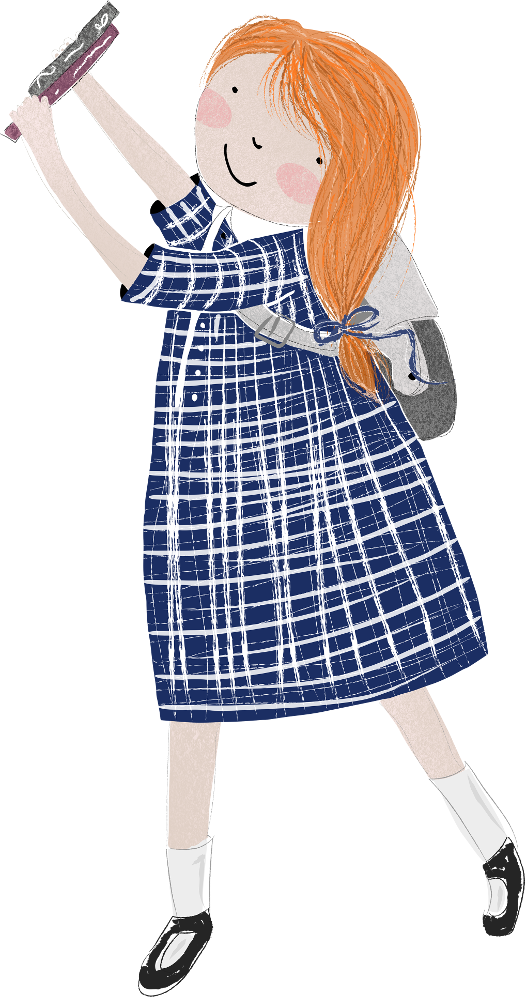Dyslexia Friendly Resources
 Lismore Area libraries are Dyslexia Friendly!
Lismore Area libraries are Dyslexia Friendly!
The Dyslexia Friendly Library project is supported by grant funding from the Backyard Cricket Association and in partnership with SPELD NSW.
An estimated ten per cent of people are affected by dyslexia, a neurological difference that leads to difficulties with reading and spelling.
The role of a dyslexia friendly library is to make sure access and support are provided to children and young people with dyslexia, and their families.
The Dyslexia Friendly Collection
We have a special collection of books catered to children affected by dyslexia.- Early Readers
The library has sets of phonics/decodable readers that support systematic learning of letters/sounds and which help build reading skills - Hi-Lo Books
High interest, low reading level books for older, struggling readers - Teen Books
Dyslexia-friendly font and layout, with young adult content edited for low reading age - Books in Dyslexie Font
![Dyslexia Symbol]()
Junior and youth fiction, as well as nonfiction titles printed in Dyslexie Font. Some people with dyslexia struggle to follow closely printed text and find it easier to read well-spaced letters in the weighted fonts such as Dyslexie or Open Dyslexia. - Talking Books
Check out our collections of junior, youth, and adult talking books - Graphic Novels
Junior, youth, and adult graphic novels
Online Resources
- eBooks and eAudiobooks
As a member of the library, you have access to eBooks and eAudiobooks via BorrowBox, Libby, and IndyReads. The layout of eBooks can be adapted for easier reading. Visit our YouTube tutorial below and learn how to tailor a BorrowBox eBook to be dyslexia friendly. - Reference Materials Online
Library members have access to Brittanica Library, National Geographic Virtual Library and National Geographic Kids. All platforms include access to reference information in video form. Check out the video below for tutorials on how to access and use these great rsources.
 Look for the dyslexia symbol when searching for dyslexia-friendly material at the library.
Look for the dyslexia symbol when searching for dyslexia-friendly material at the library.
The dyslexia symbol was created to empower the dyslexic community and was formed using the letters p, q, b, and d. The symbol is inspired by dyslexics and how they process information differently in ways that provide advantages in reasoning and understanding relationships. The symbol is used by dyslexia friendly libraries—like ours—around the world.
